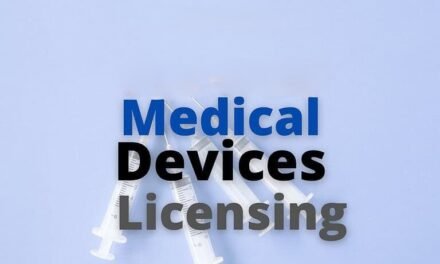
Are you capable of integrating IoT or smart technologies into Medical devices?

The integration of IoT in medical devices enhances their functionality by enabling remote monitoring, real-time data collection, and connectivity with health care systems. Here’s a detailed look at how this integration typically occurs:
1. Device Design and Development
- Smart Sensors: Adding smart sensors to medical devices allows them to collect a wide range of data such as temperature, heart rate, or blood pressure. These sensors need to be small, accurate, and energy-efficient.
- Embedded Systems: Incorporating microcontrollers and other embedded systems into devices enables the processing and transmission of collected data. These systems must be designed for reliability and compliance with medical standards.
2. Connectivity Solutions
- Wireless Technologies: Integrating wireless communication technologies (such as Bluetooth, Wi-Fi, NFC, or cellular networks) into medical devices allows for the seamless transmission of data to other devices, patient smartphones, or cloud-based platforms.
- Data Protocol Standardization: Ensuring the device uses standardized data protocols (like HL7 or FHIR for healthcare) facilitates interoperability with existing healthcare IT systems.
3. Software and Interface Development
- User Interface (UI): Developing intuitive user interfaces for both patients and healthcare providers to interact with the device. This can include apps on smartphones or web-based platforms.
- Data Management Software: Creating or integrating software that can handle data collection, analysis, and visualization. This software often includes features for alerting healthcare providers to potential issues based on the data received.
4. Data Security and Privacy
- Encryption: Implementing strong encryption protocols for data transmission to protect patient privacy and comply with regulations such as HIPAA (Health Insurance Portability and Accountability Act) in the U.S. or GDPR (General Data Protection Regulation) in the EU.
- Secure Access Controls: Ensuring that device data can only be accessed by authorized users and that proper authentication mechanisms are in place.
5. Compliance and Testing
- Regulatory Approval: Navigating the complex regulatory landscape that governs medical devices, including obtaining any necessary approvals from bodies like the FDA or CE marking which may have specific guidelines for connected devices.
- Testing and Certification: Conducting thorough testing for both the hardware and software components, including stress tests, performance tests, and security vulnerability assessments.
6. Maintenance and Updates
- Remote Diagnostics and Updates: Providing capabilities for remote troubleshooting and firmware updates to improve device functionality over time and address any potential security vulnerabilities.
- Technical Support: Setting up a support system to assist users with any technical issues related to the device or its connectivity features.
7. Patient and Provider Training
- Educational Materials: Developing comprehensive user manuals, online tutorials, and training programs to educate both patients and healthcare providers on how to use the IoT-enabled device effectively and securely.
8. Integration with Health Systems
- Data Integration: Ensuring that data from IoT devices can be seamlessly integrated into electronic health records (EHRs) or other healthcare management systems used by hospitals and clinics.
- Collaboration with Healthcare Providers: Working closely with healthcare professionals to understand their needs and ensure that the device meets clinical requirements and enhances patient care.
By integrating IoT technologies into medical devices, companies can enhance the utility of their products, offering more comprehensive health monitoring solutions and better patient care. These devices can provide significant benefits, such as enabling early detection of complications, reducing the need for in-person visits, and allowing for personalized treatment plans. However, this integration requires meticulous planning, expertise in both hardware and software development, and a strong focus on security and regulatory compliance.




























